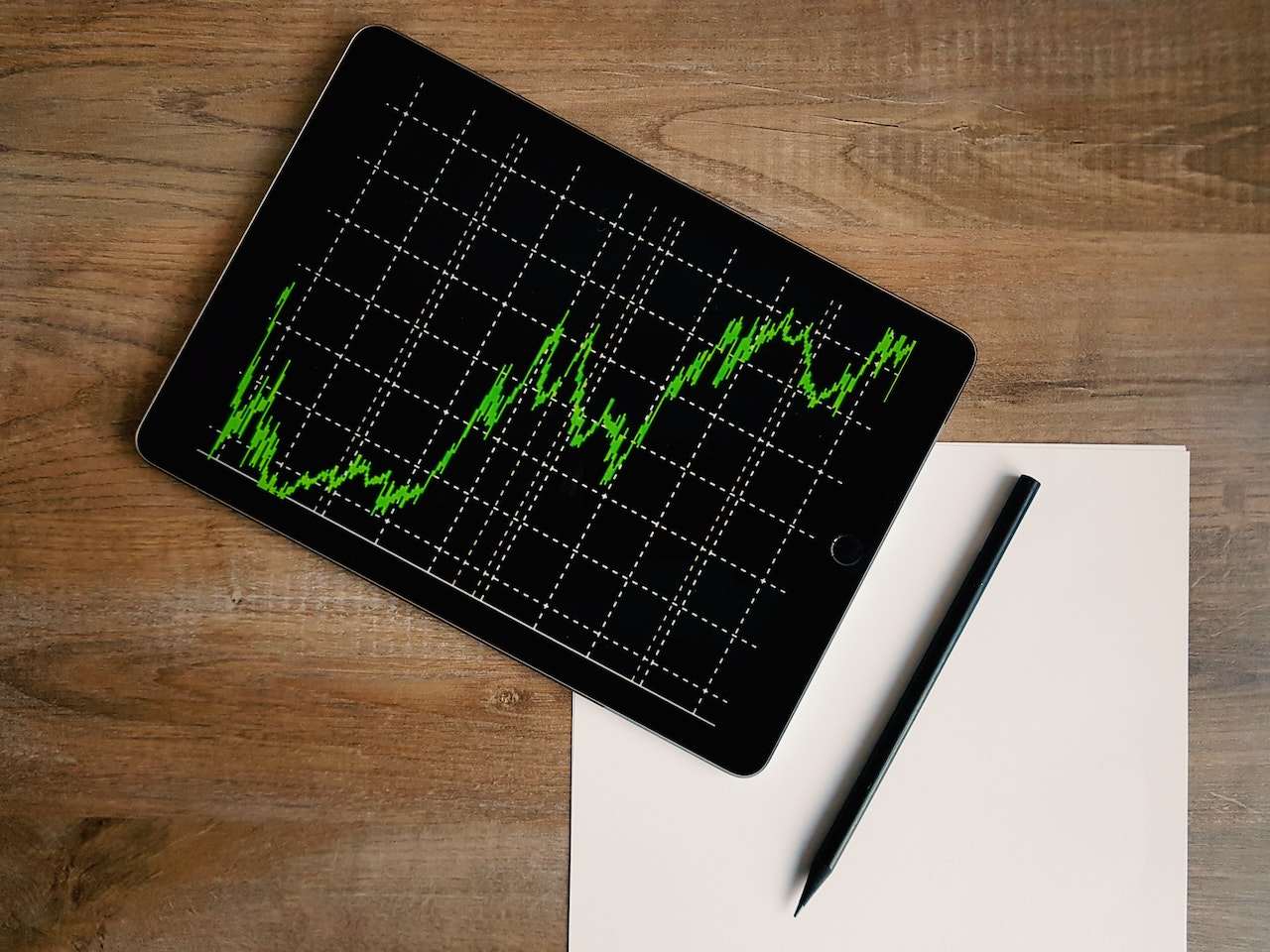The increasing demand for weight loss drugs has led to shortages in the market and has propelled pharmaceutical distributor Cardinal Health (CAH) to a soaring fourth quarter performance, exceeding expectations. The company reported its financial results on Tuesday, showcasing a substantial boost in revenue and an optimistic outlook for the upcoming year.
Cardinal Health’s pharmaceuticals unit experienced a remarkable 15% surge in revenue, amounting to an impressive $49.7 billion. Looking ahead to the next fiscal year, experts predict an even greater expansion for this business, with expectations of a 10%-12% increase compared to 2023. Aaron Alt, the Chief Financial Officer of Cardinal Health, attributed part of this success to the contribution of GLP-1 medications, referring to them as a “revenue tailwind in the quarter.”
Despite the robust revenue projections, Cardinal Health maintains a cautious outlook regarding its profits for the year 2024, foreseeing a growth of 4-6%, a projection consistent with its earlier forecast in June. The company’s strong fourth-quarter performance was underscored by total revenue of $53.5 billion, accompanied by an earnings per share of $1.55. Both of these figures exceeded Wall Street’s expectations, leaving a notable impact on market sentiment.
Renowned analyst Lisa Gill from JPMorgan lauds Cardinal Health’s fourth quarter performance as a “clean beat,” highlighting the company’s ability to outperform anticipated results. Cardinal Health attributes much of this success to the surging demand for GLP-1 drugs, which have gained substantial traction in recent times. GLP-1, a hormone that slows down digestion, has witnessed a significant upsurge in demand over the past year, causing supply and demand constraints for major players such as Novo Nordisk (NVO).
CEO Jason Hollar emphasized the significance of GLP-1 drugs in Cardinal Health’s business model, stating, “It is important to customers so it is important to us.” Despite being branded and not generic, the company clarified that these drugs do not constitute a significant proportion of its profits.
The market responded positively to Cardinal Health’s outstanding performance, with the company’s stock experiencing a surge. However, the stock also mirrored the broader market trend by experiencing a subsequent decline. At market close, the stock exhibited an 18% year-to-date growth, reflecting investors’ confidence in the company’s strategic direction and its ability to navigate challenges posed by the volatile market environment.
In conclusion, the soaring demand for weight loss drugs, particularly those falling under the category of GLP-1 medications, has led to shortages in supply and a notable boost in Cardinal Health’s performance for the fourth quarter. With revenues surpassing expectations and a strong outlook for the future, the company stands poised to capitalize on the increasing demand for these pharmaceutical products. As the market continues to evolve, Cardinal Health remains a prominent player, adapting and thriving amidst the evolving landscape of the pharmaceutical industry.
Source: Yahoo Finance



